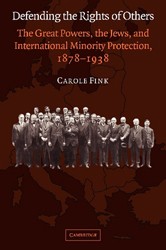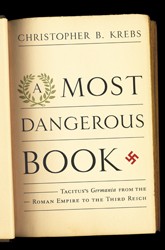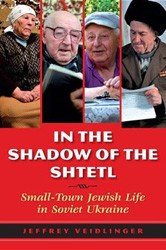Thousands of predominantly Jewish market towns, called shtetlekh in Yiddish, once lay scattered across Eastern Europe. This book is a thorough, perceptive, and loving history of one such town, Rechitsa in southeastern Belarus. It is a comprehensive history of a small town’s Jewish community, from its beginnings in the early 1600s until its decline in the final decades of Soviet Communist rule and the first decades of post-Communism, when so many Jews left the former Soviet Union.
This book demonstrates that the oft-heard statement that there is nothing left of such Jewish communities after the Holocaust is simply wrong. Now accessible official archives, newspaper collections, memoirs, immigrant testimonies, letters, diaries, and many secondary works were all used by this book’s author as the raw material for a monumental communal history. That history embraces the arrival of the first Jewish immigrants, as well as scholars and rabbis, who established a community in the early seventeenth century and then worked to build it up as they supported their families.
A remarkable characteristic of this book is the extent it is constructed on the vast and growing library of Russian-language Jewish historical works published since the fall of the Soviet Union, especially in Israel and Russia, responding to the perceived market among Russian-speaking Jewish immigrants. Yet, oddly, the book is short on references to Yiddish and Hebrew works, perhaps reflecting the author’s relative access to those Jewish languages.
Originally published in Russian in Jerusalem in 2007, this book has been translated and substantially reworked for publication by a university press. One regretfully notes the failure to catch and correct many typographic, grammatical, and syntactical errors, as well as errors in transcriptions from Hebrew and Yiddish, along with some errors of fact. For example, on p. 258 there is reference to evacuations from Rechitsa between June 3 and 11, 1941, in reaction to the German invasion that started only on June 22, 1941. Since the author is not a native English speaker, it behooved the copyeditors to perform their job more diligently.
Nevertheless, in many ways, this is a model work, pointing to the kinds of local history that careful researchers can produce about many once vibrant Jewish communities. This book demonstrates that there are treasure troves of data waiting to be found, sifted, and woven together into many historical works of individual and communal life and death.
Bibliography, index, maps, notes, photographs.
Related content:




